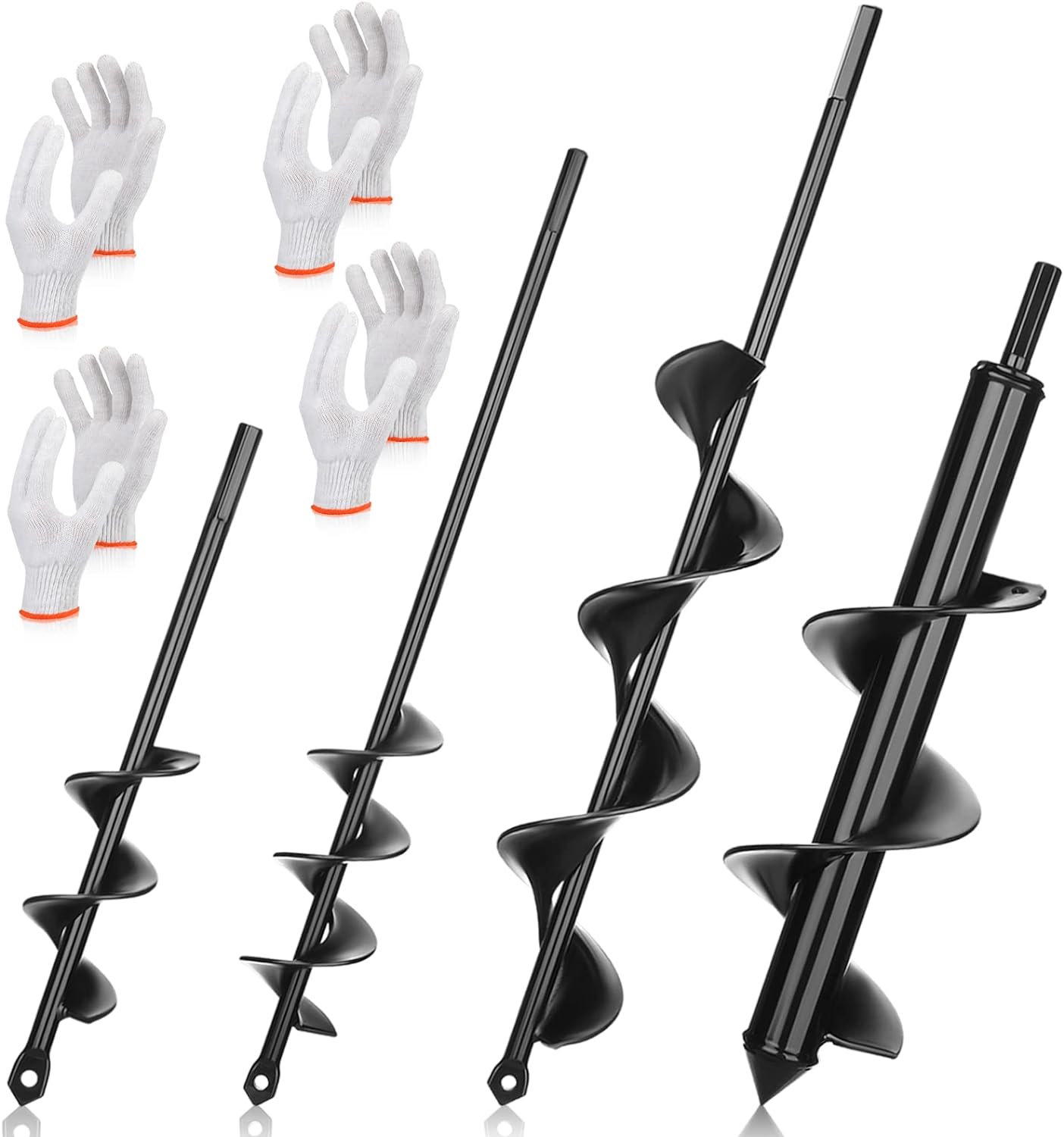- Thread starter
- #51
I haven't had to empty dust from the totes yet, as I've only been using them for a few weeks. When I used the metal feeder troughs only, I just left the dust in the bottom and filled on top of it, stirring it up with my fingers. When the dust built up too much, I dumped it all into one feeder and put that one feeder in their favorite feeding spot or just dumped it on the ground. Either way, they cleaned it up. I haven't mixed any with water, as I've been afraid of creating spoilage or a worse mess I'd have to clean out.Are you mixing that dust with water and feeding to your birds? Mine love it.
Anticipating the dust accumulation from the totes will be much greater, I'll take your suggestion to heart and try feeding it to them as a mash. Should be fun!




